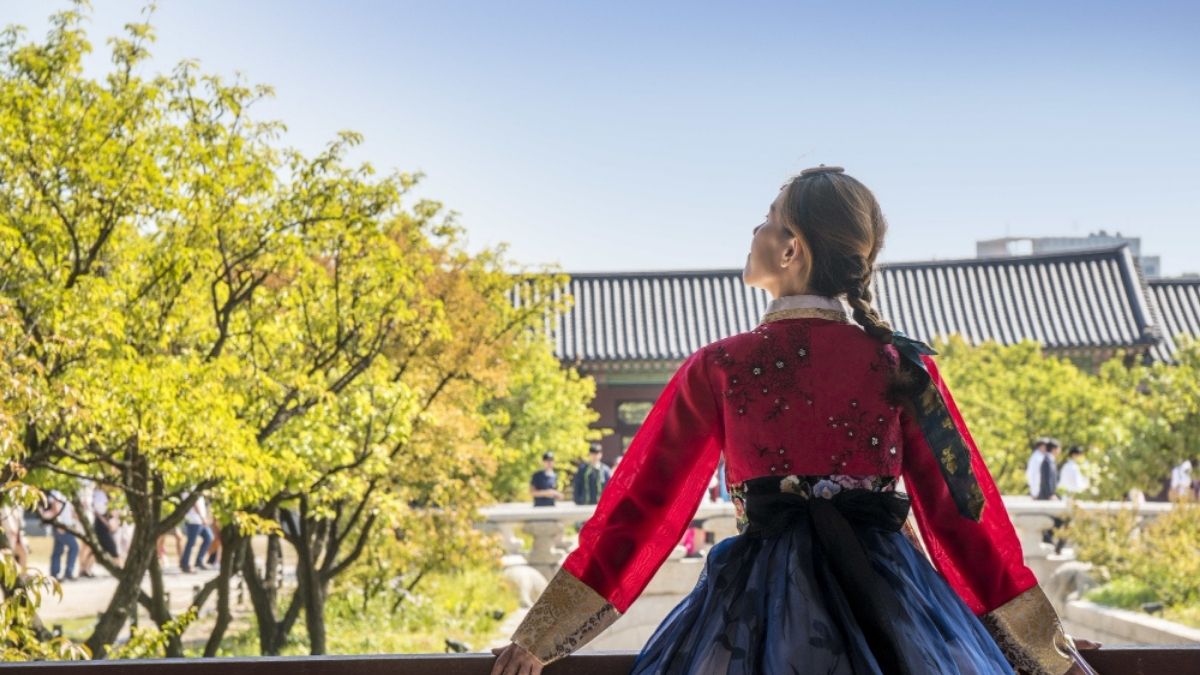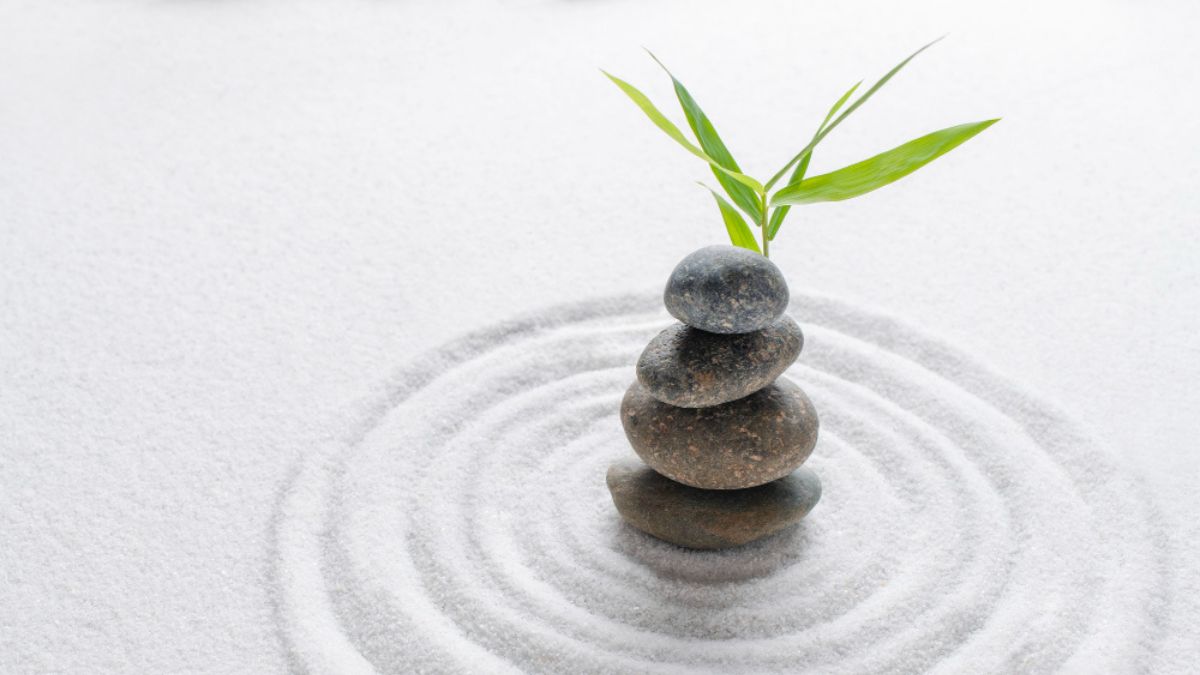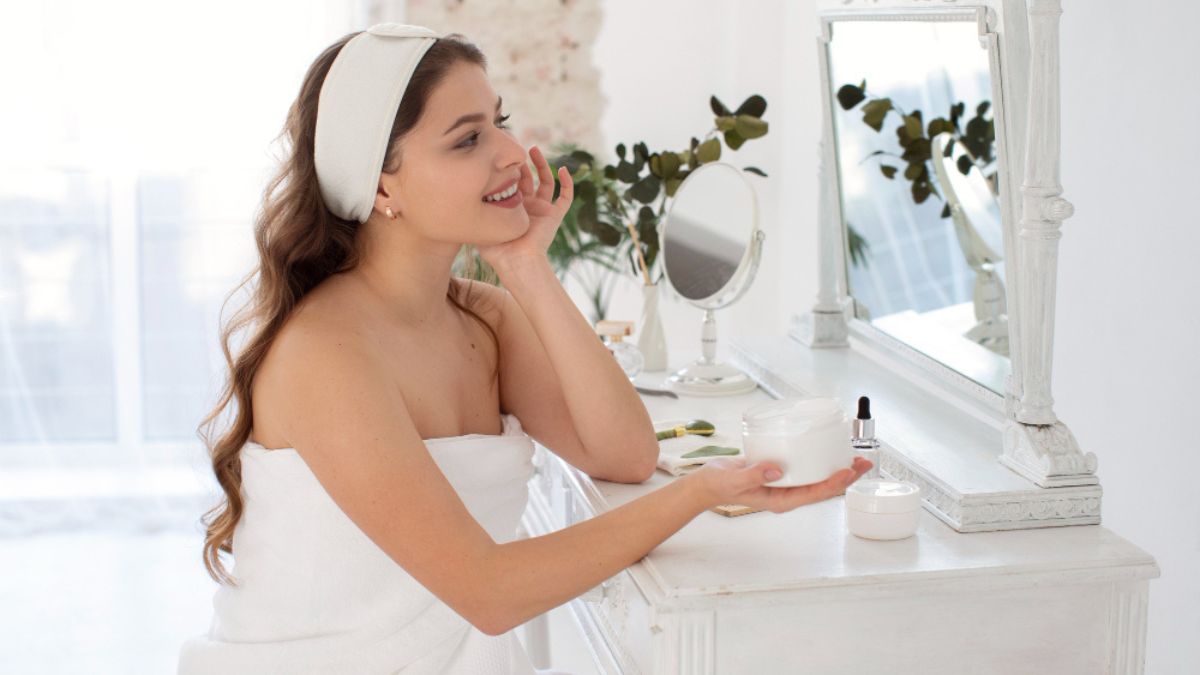Banggiadag, If you’ve ever spent time in a traditional Korean home, browsed a Korean home goods store, or even watched a Korean drama with a keen eye, you’ve likely seen it: a long, firm, often ornately decorated bolster pillow. It might be leaning against a wall, propping up a sleepy grandparent, or neatly arranged on a floor bed. This is not just any pillow. This is a banggiadag (방기닥), and to dismiss it as mere bedding is to miss a profound story woven into the very fabric of Korean life, history, and identity.
For the uninitiated, the banggiadag can be puzzling. Why is it so hard? Why is it so long? In a world obsessed with memory foam, cooling gel, and ergonomic contours, this simple cylindrical pillow seems almost archaic. But to understand the banggiadag is to take a journey into the heart of Korean hanok (traditional house) living, Confucian principles, practical artistry, and a unique philosophy of rest. It is an object that bridges generations, a silent witness to centuries of joy, sorrow, and the simple, profound act of daily life.
This post is an exploration of that journey. We will delve into the history of the banggiadag, uncover its practical and symbolic purposes, learn about its meticulous creation, and discover why, in our modern, high-tech world, this ancient pillow is experiencing a remarkable renaissance.
What Exactly Is a Banggiadag?
Let’s start with the basics. The term “banggiadag” (방기닥) is a combination of words that hint at its function. While the exact etymology can vary by region, it’s often understood to derive from words meaning “room” and “to lean against.” It is a long, cylindrical pillow, typically ranging from about 50 cm to over a meter in length, with a diameter of 10-15 cm. Unlike the soft, fluffy pillows common in the West, a traditional banggiadag is firm—incredibly firm. It’s not designed for your head to sink into; it’s designed for your body to lean upon, wrap around, or be supported by in specific ways.
Traditionally, it is filled not with down or synthetic fiber, but with buckwheat hulls (메밀 껍질, memil kkeopjil). This choice is not arbitrary; it is a stroke of genius that defines the banggiadag’s essential character. Buckwheat hulls are:
-
Firm yet malleable: They provide solid support but can shift slightly to conform to the body’s contours.
-
Breathable: The hollow hulls allow air to circulate, preventing heat from building up. This is crucial in Korea’s humid summers.
-
Durable: They last for years, even decades, without breaking down or losing their supportive qualities.
-
Aromatic: High-quality buckwheat hulls have a subtle, earthy, and comforting scent that many associate with home and tradition.
The outer shell is traditionally made from sturdy, high-quality Korean silk or cotton, often adorned with patterns and symbols representing longevity, happiness, fortune, and fertility. Cranes, turtles, peaches, lotus flowers, and geometric patterns are common, each carrying a wish for the health and prosperity of the users.
A Pillow Born from a Lifestyle: The Hanok and the Ondol
To truly appreciate the banggiadag, you must first understand the environment it was created for: the hanok and its unique heating system, the ondol (온돌).
Traditional Korean homes were built with an intimate connection to nature, using wood, stone, and paper. The most revolutionary feature was the ondol, or “warm stone” floor system. Flues were run underneath the stone floors of the house, channeling heat and smoke from the kitchen or an external fireplace. This created a wonderfully warm floor, ideal for Korea’s cold winters.
Because the floor was the warmest part of the house, it became the center of life. People ate, worked, socialized, and slept on the floor. Furniture was minimal and low to the ground. This is where the banggiadag finds its purpose. It was not used for sleeping in the way Western pillows are. Instead, its primary functions were:
-
A Sitting Aid: When sitting on the floor for meals, tea, or conversation, posture is important. The banggiadag was placed vertically against the wall for lower back support, making long periods of sitting on the floor far more comfortable. This reflected the Confucian value of maintaining dignified posture and self-discipline, even in relaxation.
-
A Sleeping Support: Here’s where Westerners often get confused. Koreans did not traditionally sleep with their heads on a tall pillow. They slept on thin mats (요, yo) and used thin pillows (베개, baege) for their heads. The banggiadag had a different role. It could be hugged, providing support for the shoulders and aligning the spine when sleeping on one’s side. It could be placed under the knees to relieve pressure on the lower back. For a child, it was the perfect size to curl around. Its versatility as a full-body support system was its genius.
-
A Protective Barrier: The ondol floor could sometimes become very hot. The banggiadag could act as a slight buffer, preventing direct contact with a floor that was warmer than desired.
-
A Comfort for All Ages: For the elderly, it was indispensable for supporting aching backs while sitting. For pregnant women, it could be positioned to support a growing belly. For infants, it was sometimes placed around them as a soft, protective barrier to prevent them from rolling too far. It was a universal tool of comfort for every stage of life.
The Art of Making a Banggiadag: Tradition Stitch by Stitch
Creating a traditional banggiadag is a craft, one that is kept alive by artisans, often older women, who have learned the skills passed down through generations. The process is meticulous:
-
Sourcing the Hulls: The highest quality buckwheat hulls are selected—clean, dry, and intact. They are often sun-dried to ensure no moisture remains.
-
Creating the Shell: The fabric, often vibrant silk or sturdy, naturally dyed cotton, is cut and sewn into a long tube. One end is sewn shut with strong, nearly invisible stitches.
-
The Fill: The buckwheat hulls are carefully poured into the tube. This is a skilled task; the density must be just right—too full and it becomes an unyielding log, too loose and it loses its supportive quality. The artisan will constantly feel and adjust the pillow as it fills.
-
Closing and Finishing: The open end is masterfully hand-stitched closed. Finally, the beautiful embroidered or printed ends are attached, completing the transformation from a simple sack of hulls to a functional work of art.
This process results in a pillow that is alive in a way modern pillows are not. It rustles and shifts with movement. It has weight and substance. It carries the scent of the earth and the skill of the maker’s hands.
The Banggiadag in the Modern World: From Hanok to High-Rise
The 20th century brought immense change to Korea. Rapid industrialization, urbanization, and the influence of Western culture after the Korean War led to a decline in traditional living. People moved from hanoks with ondol floors to high-rise apartments with Western-style beds and central heating.
For a time, the banggiadag risked becoming a relic, a symbol of a past that many were eager to move away from. It was seen as old-fashioned, something for your grandparents’ home in the countryside. The convenience of soft, fluffy pillows and thick mattresses was seductive.
But a fascinating thing happened. As Korea achieved economic prosperity and global influence, it also experienced a cultural rediscovery. A new generation, raised in apartments, began to look back with curiosity and pride at the traditions their parents and grandparents had left behind. This wasn’t about nostalgia; it was about reconnecting with a cultural identity and discovering the inherent wisdom in traditional practices.
The banggiadag has been at the forefront of this revival, but it has evolved.
-
Wellness and Health: The modern wellness movement has rediscovered the benefits of firm, supportive sleep surfaces and proper spinal alignment. People suffering from back pain are ditching their soft, unsupportive pillows and finding relief with buckwheat hull pillows, which are essentially the Western cousin of the banggiadag. The banggiadag is now marketed not just as a cultural item, but as a therapeutic one.
-
Interior Design: The minimalist, clean lines of Korean aesthetics are incredibly popular worldwide. A beautifully crafted banggiadag adds a touch of organic texture, artisanal craftsmanship, and a pop of cultural authenticity to a modern room. It looks stunning draped across a modern sofa or placed on a minimalist bed.
-
Versatility: Modern users have found new purposes for it. It’s a perfect nursing pillow for new mothers. It’s a supportive lap desk for those working on a laptop from the couch. It’s a meditation prop, providing support during long sits. It’s a comforting weight for those who find security in hugging something substantial while they sleep.
-
Sustainable Living: In an age of fast fashion and disposable goods, the banggiadag stands out as a model of sustainability. It is made from natural, biodegradable materials and is built to last for generations. It represents a shift away from consumption and towards cherishing well-made, meaningful objects.
My Personal Journey with a Banggiadag
I first encountered a banggiadag in my grandmother’s home in Seoul. As a child, I found it perplexing. It was too hard to be a fun toy and too awkward to use like my pillows at home. It was just there, a colorful log against the wall.
Years later, as an adult plagued with neck and shoulder tension from hours at a desk, I tried every high-tech pillow on the market: memory foam, water-based, ergonomic contours. Nothing helped. In frustration during a visit home, I dragged my grandmother’s old banggiadag to bed. I experimented, placing it under my knees, hugging it, and even, tentatively, using it for neck support.
The first night was… different. It wasn’t the cloud-like sinking feeling I was used to. It was supportive. It held my head and neck in a neutral position. There was no sinking, no straining. When I hugged it, the weight and firmness seemed to alleviate the tension in my shoulders. I woke up the next morning without the usual stiffness.
That was my revelation. The banggiadag wasn’t archaic; it was advanced. Its design was the result of centuries of iterative refinement for the human body in its specific cultural context. It taught me that comfort isn’t about softness; it’s about proper support. It reconnected me to a part of my heritage I had previously overlooked, not through language or food, but through the simple, profound act of rest.
Finding Your Own Banggiadag
If you’re intrigued, you might be wondering how to incorporate this piece of Korean culture into your own life. Here’s how:
-
Source Authentically: Look for Korean home goods stores online or in your local Koreatown. True artisanship matters. Look for pillows made in Korea with 100% pure buckwheat hulls and high-quality natural fabric.
-
Embrace the Adjustment: Don’t expect instant cloud-like comfort. Give it a week. Experiment with different positions—for your head, between your knees, under your ankles, for hugging.
-
Think Beyond the Bed: Use it on your sofa for lumbar support while reading. Let it be a decorative element in your living space. Use it as a meditation cushion.
-
Appreciate the Story: Remember that you’re not just buying a pillow. You’re inviting an object rich with history, culture, and artisanal love into your home.
Conclusion: The Enduring Legacy of a Simple Pillow
The banggiadag is a quiet icon. It doesn’t demand attention like a piece of fine china or a valuable painting. Its value lies in its daily use, in its silent offering of comfort and support. It is a tangible link to the Korean philosophy of living in harmony with one’s environment—using natural materials, valuing practicality, and infusing everyday objects with beauty and meaning.
It has survived wars, modernization, and cultural upheaval because its core function—to provide honest, unwavering support—is timeless. In our frantic, digital, and often uncomfortable modern world, the banggiadag offers something we are desperately searching for: a connection to tradition, a moment of groundedness, and a truly good night’s sleep. It is a humble masterpiece, a cultural treasure, and proof that sometimes, the greatest comforts are found not in the new, but in the timeless wisdom of the old.






